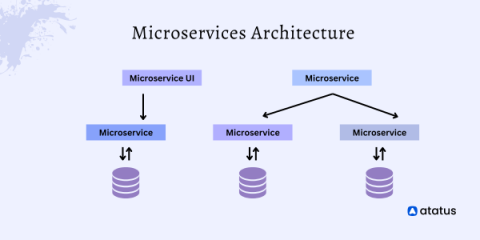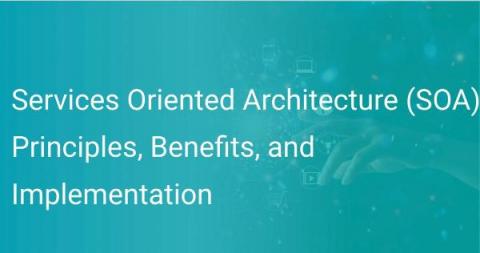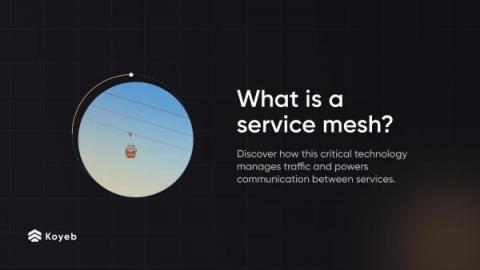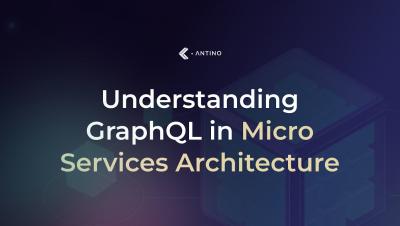Testkube for your microservices woes
Enterprises have long relied on monolithic applications to run their operations and provide different functions and services to their customers. Monolithic software is designed to be self-contained; components of the program are interconnected and interdependent. If any program component requires an update, the whole application must be redeployed. As enterprises continue to grow their customer base, they will need to upgrade and scale their monolithic architecture.











